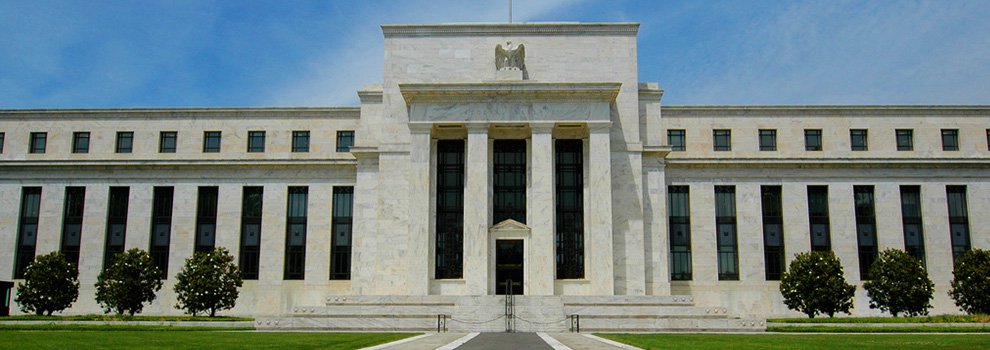Ripple Labs Joins Fed’s Faster Payment Task Force
Creators of the Ripple payment protocol, Ripple Labs, have been elected to the Federal Reserve’s Faster Payment Task Force Steering Committee.
The Fed created the Faster Payment Task Force earlier this year to tackle the challenge of upgrading the United States’ outdated payment infrastructure, which lags behind Europe, and, in some cases, emerging markets such as China. The committee will help execute and discuss a payment strategy laid out by the Fed earlier this year.
The central bank’s main goal is upgrading the country’s domestic payment system used for e-check settlement, called the Automatic Clearing House (ACH). Developed in the 1970s, it takes 1-2 days for it to clear a payment, something that simply won’t do anymore in our fast-paced world, according to the Fed.
To represent the interests of various stakeholders in the 300-plus-person task force, a steering committee has been elected by industry peers. Ripple Labs’ Ryan Zagone, head of research on the Business Development team, has been elected to represent the technology and nonservice banking provider sector. He, alongside 15 other committee members, will lead discussions on how to bring real-time settlement to the U.S. payment system.
“It’s a privilege to be selected,” Zagone said. “I look forward to leveraging Ripple’s global experience as the task force assess ways to increase speed, efficiency, access to, and competition in payments.”
One of many
Ripple Labs first got involved with the Fed’s payment initiative, at least to some degree, when it participated in the call for information by the central bank during 2013 and 2014, which helped shape the later published payment roadmap. And it appears the digital currency startup’s ideas might have caught some attention. As one potential solution for faster payments listed in the January 2015 report read:
[To] facilitate direct clearing between financial institutions on public IP networks using protocols and standards for sending and receiving payments.
A distributed architecture for messaging between financial institutions over public IP networks has the potential to lower costs compared to clearing transactions over a hub-and-spoke network architecture. A central authority would establish common protocols for messaging standards, communication, security and logging transactions.
It sounds a bit like Ripple’s hybrid cryptocurrency payment system that leverages centralized institutions over a distributed network. And already, three of Australia’s Big Four banks — Westpac, Australia and New Zealand Banking Group and the Commonwealth Bank of Australia — announced that they have been, or will begin, testing Ripple for real-time settlements between their subsidiaries.
Ripple might be one option on the table, but the rest of the Steering Committee is also packed with heavy hitters in the U.S. payment industry. Dwolla is a prime example and has already gotten traction with their real-time payment system FiSync. The U.S. subsidiary of global banking giant, BBVA, announced in April that through FiSync their customers will be able to send free payments which clear instantly.
The post Ripple Labs Joins Fed’s Faster Payment Task Force appeared first on Bitcoin Magazine.



